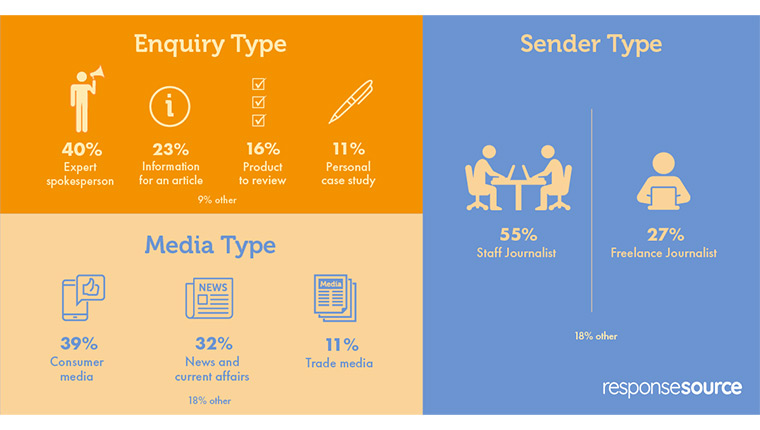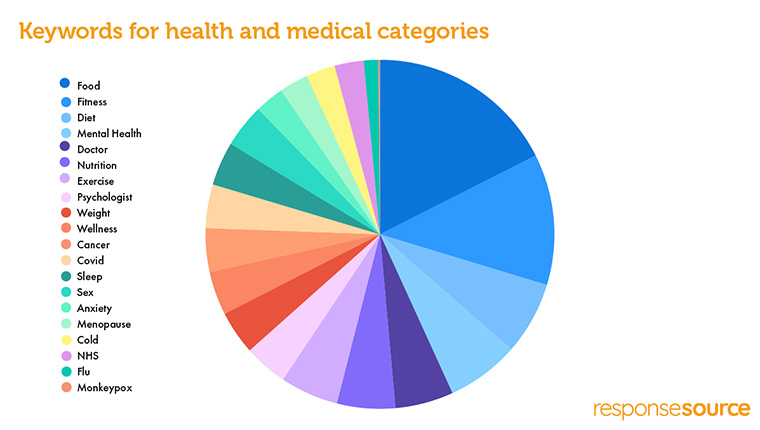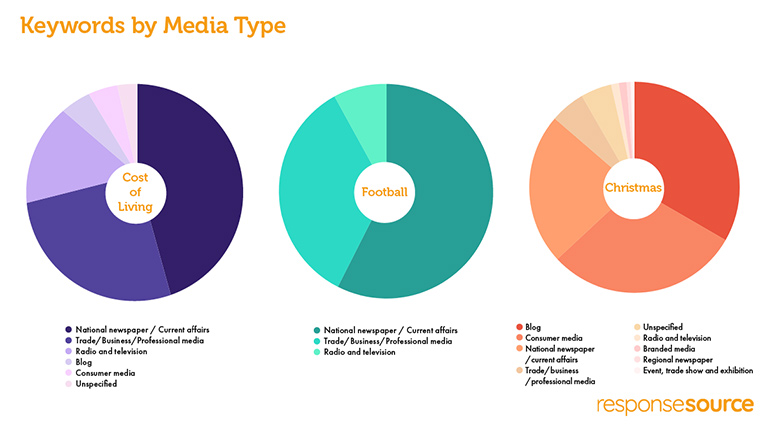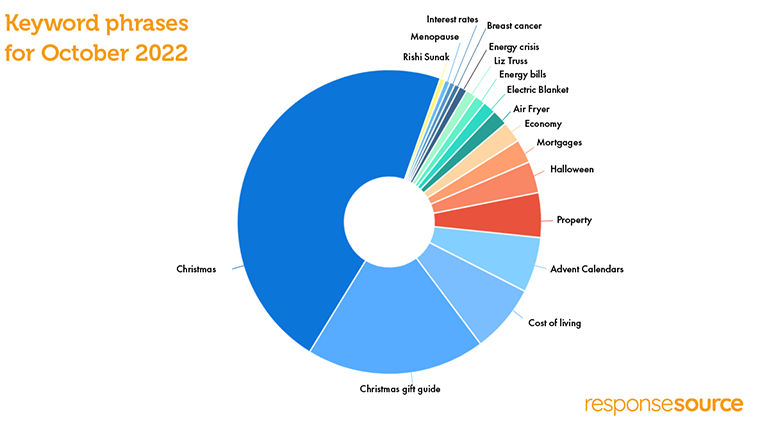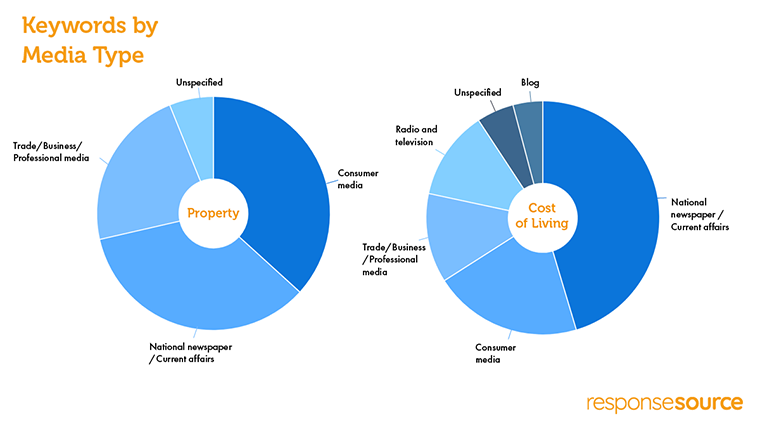Turning the tide on medical misinformation
Misinformation is a growing issue of concern across all areas of the media. Whether shared via social or ‘traditional’ mediums, the spread of incorrect information has had far-reaching consequences on individuals and whole communities across the planet.
It can spread fast. And particularly dangerous – also incredibly catchy, unfortunately – is medical misinformation. On the rise since the early panic-filled days of the pandemic, it continues in conversations between family members and friends who may have misheard something; in niche pockets of influence on platforms like TikTok, Twitter and Instagram, and even on mainstream broadcast news, from high-profile public figures.
How can experts ensure the truth is heard and understood above all of the noise – both well-meaning and more nefarious in motive – being communicated? Pharmica‘s superintendent pharmacist Carolina Goncalves explores the rise of the issue from the point-of-view of the medical industry and how the tide of information can be turned back to the truth.
The increase of misinformation
Medical misinformation has been a global issue, becoming much more noticeable since the COVID-19 pandemic began, and has definitely been prevalent within the pharmaceutical industry.
In the early days of the COVID-19 outbreak during March 2020, US President at the time Donald Trump recommended the antimalarial drugs hydroxychloroquine and chloroquine as a preventative treatment against the virus. Health officials quickly advised the public that this was not a suitable treatment and would not offer protection against Covid, however this still led to global shortages of the drug, meaning patients with malaria, lupus and arthritis who required the treatment could not get a hold of it. After Trump’s message, we saw a rise in people searching for hydroxychloroquine, chloroquine and chloroquine phosphate on the Pharmica website, showing the impact of the ex-President’s words had spread globally.
In order for an online or community pharmacy to sell prescription medications in the UK, there are many rigorous standards and regulations from the GPhC (General Pharmaceutical Council) and MHRA (Medicines and Healthcare products Regulatory Agency) that must be met, so only pharmacies that meet those requirements and are registered with these two bodies can sell such medications.
Due to the COVID-19 pandemic, the online pharmacy space has grown hugely over the last few years, of which Pharmica has noticed the sharp increase in the number of illegitimate online pharmacies that have skirted the regulations set by the GPhC and MHRA.
An ITV investigation found there were many websites posing as registered pharmacies that were not only selling medication in different strengths to what they were advertising – meaning patients could easily overdose by taking the wrong strength – but were also selling addictive drugs like Xanax, Valium and Ambien without requiring a prescription, as well as allowing people to bulk-buy these medications.
ITV found that these sites also do not carry out consultations or require patients’ medical history before purchasing treatments, and post medication in plain packaging without necessary patient information leaflets.
The spread of medical misinformation has definitely increased over the last year or two, as social media platforms, health organisations and governments have locked down on fake news and accounts that spread illegitimate health information, but because of how quickly misinformation spreads, there are still ongoing issues.
The social media situation
Since the influx of misinformation that grew from the Covid pandemic, the World Health Organization (WHO) established a series of principles on how to identify reliable sources of information on social media. It also worked with YouTube to build the COVID-19 Misinformation Policy, as well as guidelines for content creators that aimed to inhibit medical misinformation related to the virus from being spread across the platform. According to WHO, 850,000 YouTube videos that contained misleading COVID-19 misinformation were removed between February 2020 and January 2021.
Most social media platforms have developed one or more strategies to address the spread of misinformation, including softer measures such as warning labels on posts, and harder measures such as content removal and account bans.
While it is clear social media platforms are providing some level of defence against misinformation, there is still concern against the rate of misinformation being spread to wider audiences and how this can be tackled while an active push towards ‘free speech’ is being prioritised. We are still yet to see how Twitter, under its new ownership, finds a balance between these two issues.
What more should social media platforms be doing?
Besides continuing with the policies and steps they are currently taking to stop the spread of disinformation on their platforms, social media platforms still have more they can do to reduce the spread of misinformation, including:
• Adjusting algorithms that amplify social media misinformation so its spread is reduced and accounts that encourage conspiracies are de-prioritised
• Prioritise social media misinformation continuously, not just when it falls under public scrutiny
• Make the closure of bot and fake accounts a regular occurrence, encouraging a platform-wide standard, and also showing that social media platforms are responsive to public demand and public safety
• Work with advertising agencies to inhibit the monetisation of misinformation
• Continuing an active push with leading medical professionals to ensure the information they are circulating is up to date and legitimate
What the medical and pharmaceutical sector do to stop the spread
Although witnessing medical misinformation being spread can be frustrating, especially as a healthcare professional, it is important to remain understanding as to why some people may hold irrational beliefs. Mocking them for having these views, or suffocating any conversation around them, can lead to a further level of distrust between the general public and professionals within the pharmaceutical industry, which can further fan the flame of misinformation.
It is important to target misinformation with education and critical thinking – after all, social media regulation will not stop misinformation from being spread in the long-run, as people will find other ways to do this. Changing the way people take in information and educating them on how they can validate information before believing it directly must happen, too.
When it comes to those who are using misinformation to capitalise on people’s fears and ultimately boost their own status, reporting those accounts to social media platforms and correcting the misinformation can prove useful.
It is important for healthcare professionals, including those within the pharmaceutical industry, to acknowledge that the key priority is always patient safety – profits are a secondary motivation and companies using misinformation of any form to further profits are doing so to the detriment of the patient.
Topics at risk of misinformation in 2023
As new variants of COVID-19 continue to cause infection rates to rise globally – as we are currently seeing with the latest Omicron variant XXB.1.5 – misinformation surrounding the strain and vaccine will likely continue to spread.
Major health organisations such as the World Health Organization, who have been posting on social media platforms about the importance of getting vaccinated, still receive thousands of comments from people stating that they will ‘never get the vaccine’, that the WHO are ‘pushing propaganda’ or that ‘vaccines are just a money-making scheme’.
Closer to home, England has seen at least 94 deaths over the last few months caused by Strep A. The UK Health Security Agency (UKHSCA) clarified that around 41% of the deaths were among those aged 75 and over, while 17% of the deaths were from children aged 10 and below. It has been thought that this spike in the bacterial infection is due to a less immunity and a rise in social mixing after the Covid pandemic. It didn’t take long for misinformation around the deaths to circulate, leading to social media posts that firstly implied this was due to the new nasal flu vaccine – and secondly, that Strep A used to be mild but has suddenly become lethal in children. Full Fact, an independent UK fact-checking charity, identified these claims as misinformation.
It is possible that as certain illnesses have resurgences, especially ones that previously had infections peak in times before the prevalence of social media, these may be targets of misinformation.
The fight continues
In the pharmaceutical industry, it is imperative that misinformation is corrected so patients have the right information necessary for making informed decisions about their health, or else it can cost people’s lives.
Misinformation can create further barriers between people getting the necessary medication they need by creating levels of distrust between the public community and pharmacists, making it harder for pharmacists to do their jobs and keep people safe.
For more on the spread of misinformation, download the Vuelio white paper ‘Fact-checking and fast news: Expert lessons for journalists and the media‘ featuring contributions from Channel 4 News FactCheck, FactCheckNI and The Ferret Fact Check Service as well as media academics Professor Charlie Beckett of Polis, LSE and John Murphy, University of Hertfordshire.





